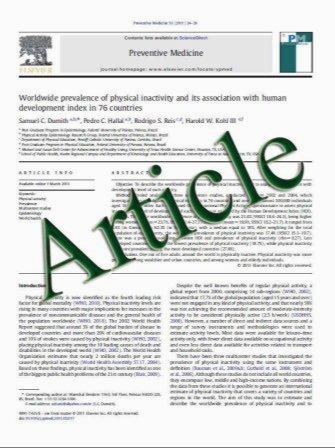Induction of RhoGAP and Pathological Changes Characteristic of Alzheimer’s Disease by UAHFEMF Discharge in Rat Brain
- نوع فایل : کتاب
- زبان : انگلیسی
- مؤلف : Ing-Feng Chang1, 2 and Huo-Yen Hsiao2,*
- چاپ و سال / کشور: 2006
Description
Novel experiments with Ultrasound Associated with High Frequency Electromagnetic Field (UAHFEMF) irradiation on rats and mice found evidences of characteristic Alzheimer’s disease (AD) degenerations including neurite plaques, beta-amyloid, TAU plaque and deposition in cells, Neuro-Fibrillary Tangle and Paired Helical Filament (PHF) with rats and mice irradiated up to 2454 hours. Concomitant passive avoidance test was performed on six mice, and all showed signs of visual and auditory agnosia and lost cognition of threatening condition. The post section Thioflavin-S fluorescent microscopy found dilated ventricles and dense amyloid-deposition in Ca3 and dentate gyrus. In addition, PHF was identified in the 2454 hours-irradiated rat brain by electron microscope. A human T-cell activation RhoGTPaseactivating protein (TAGAP) isoform b homolog (GenBank accession # P84107) induced in the UAHFEMF-treated rat brain was identified using electron spray ionization (ESI) liquid chromatography tandem mass spectrometry (LC/MS/MS). We hypothesized that one of the causes of AD can be the UAHFEMF discharges in human brain
Current Alzheimer Research, 2005, 2, 559-569


